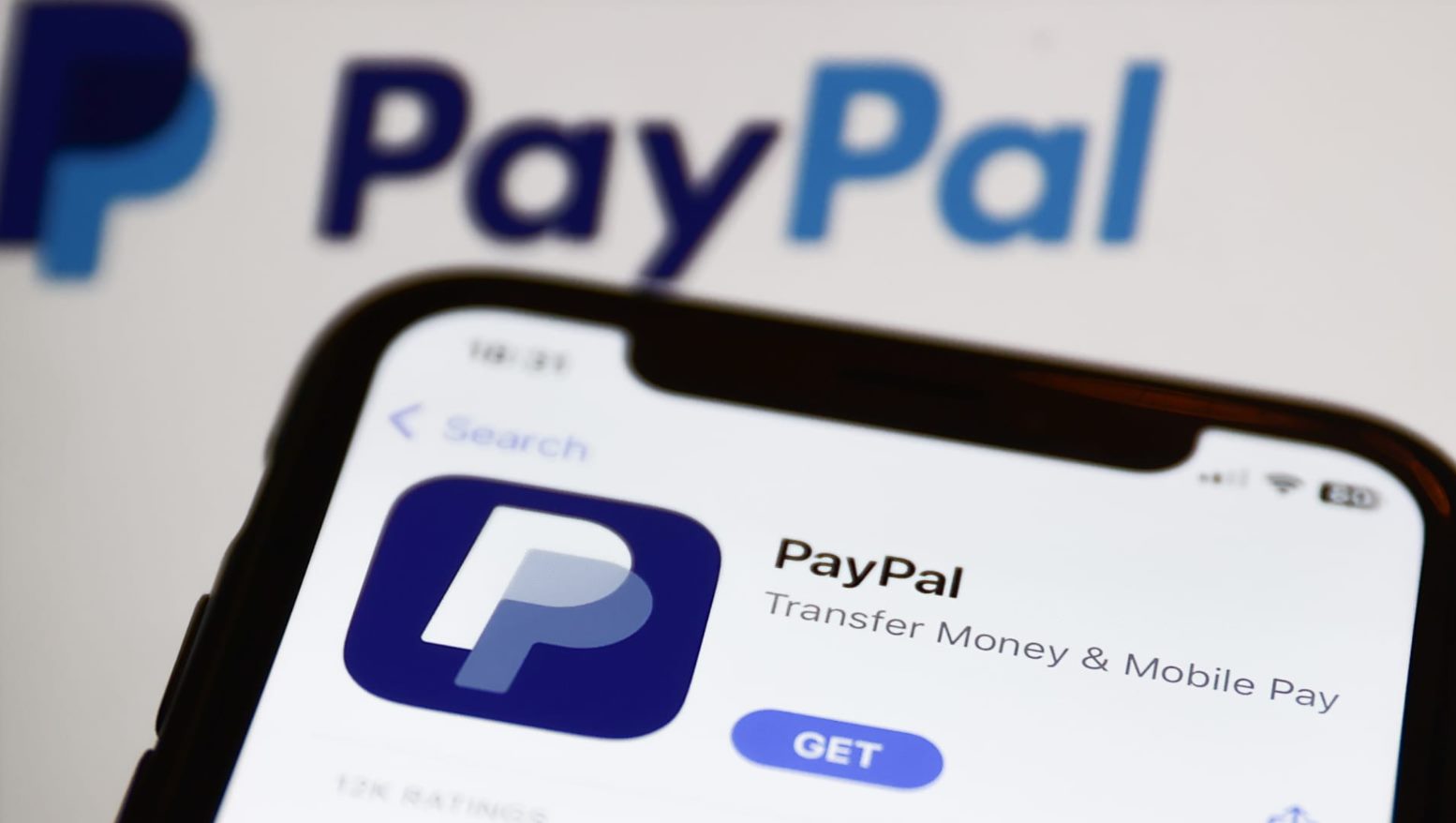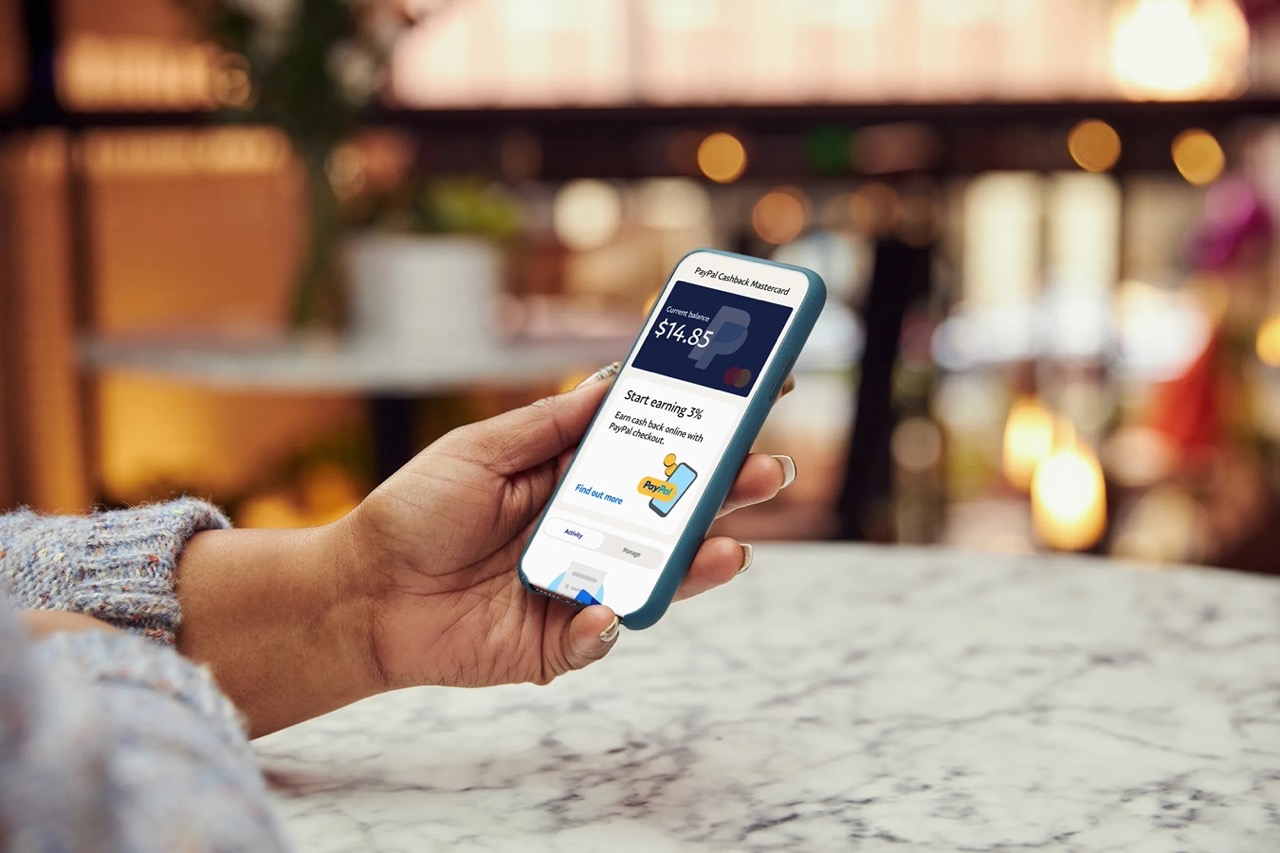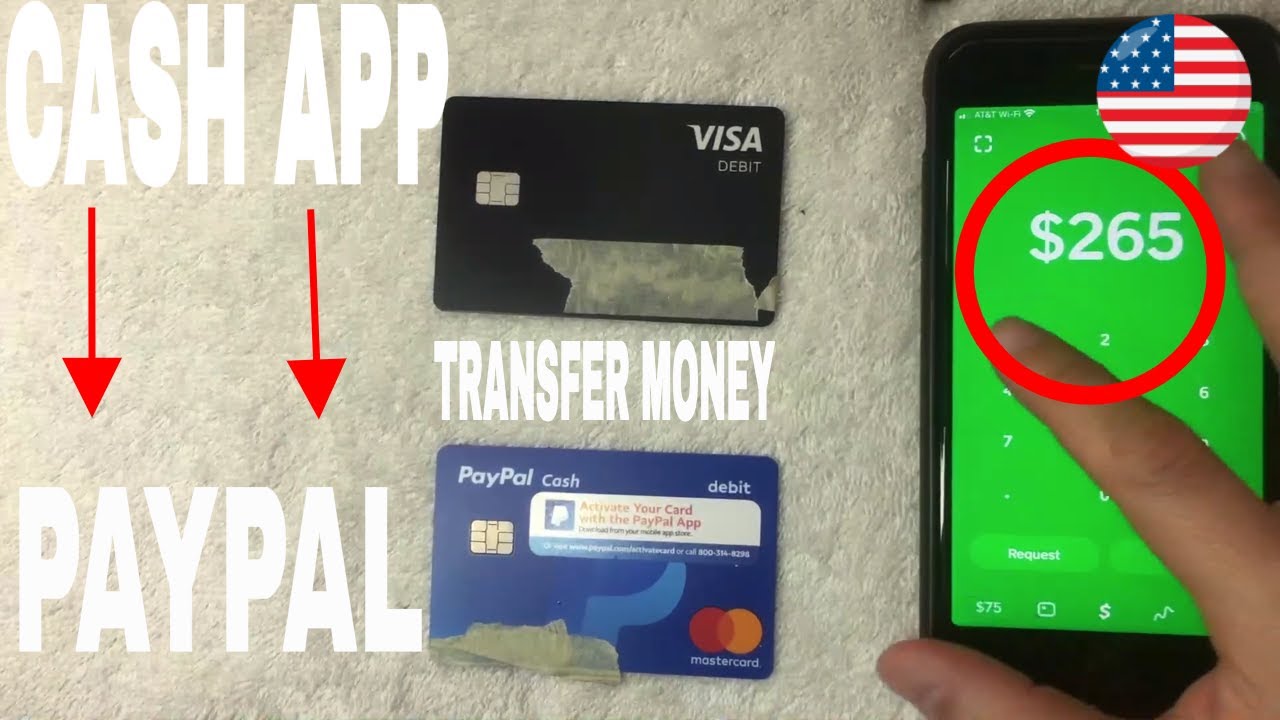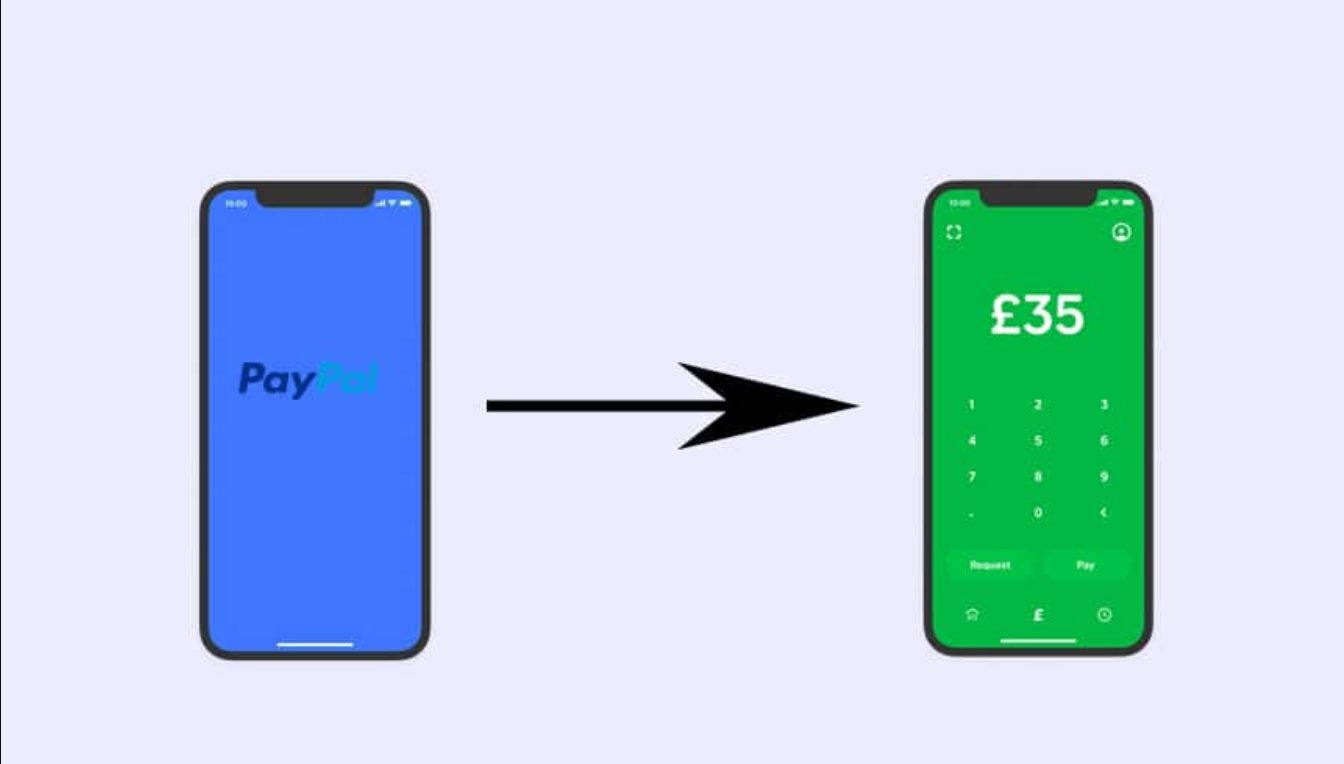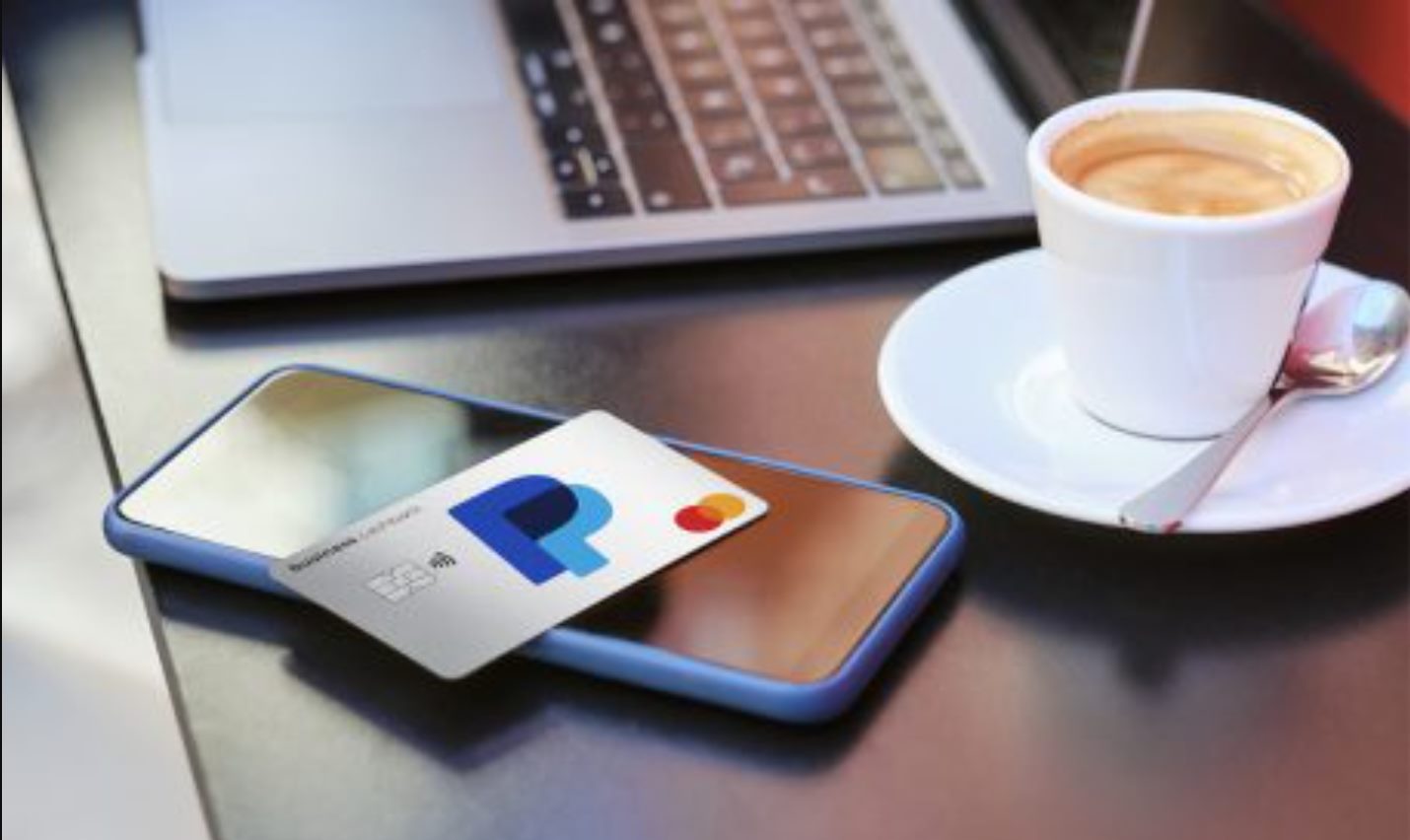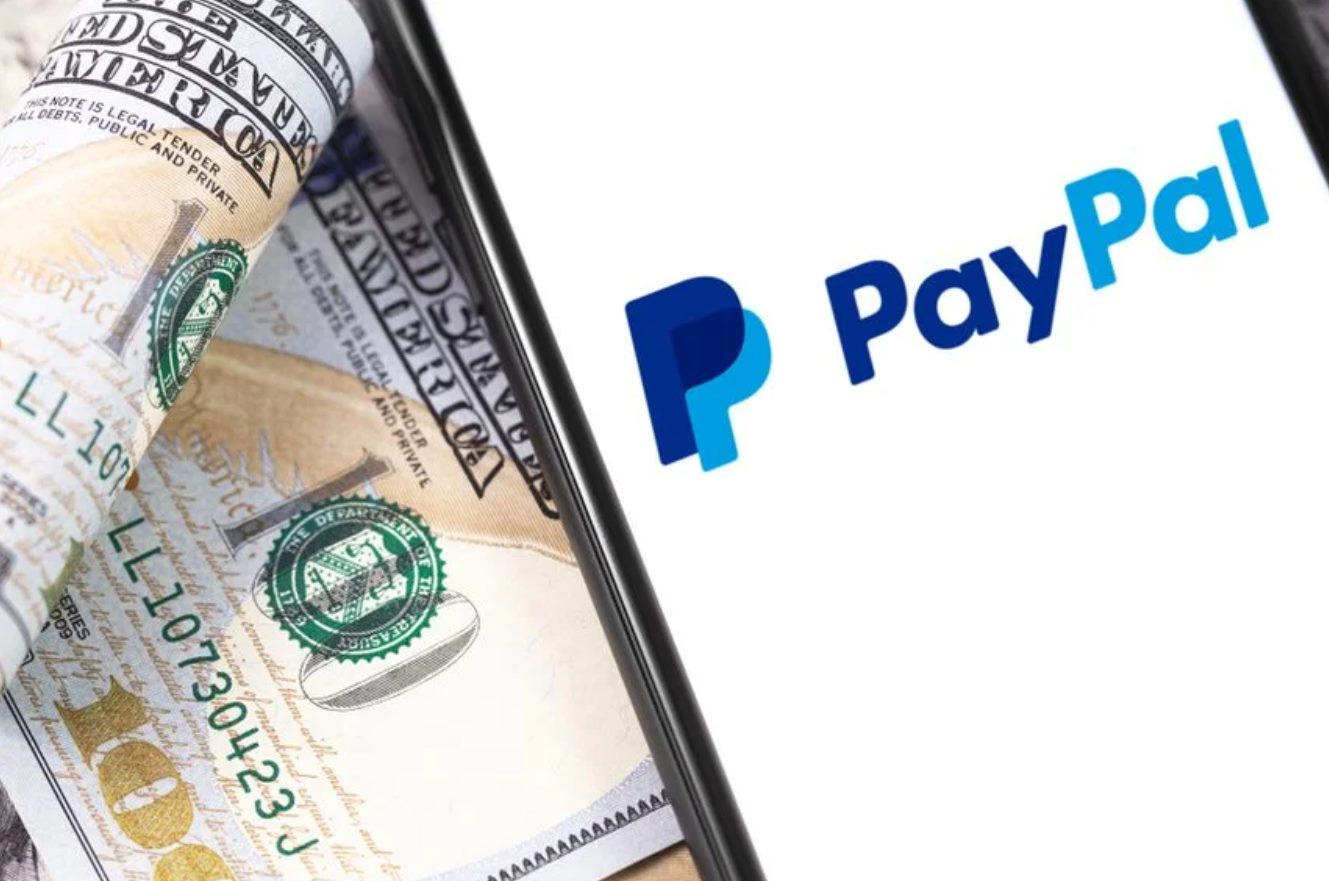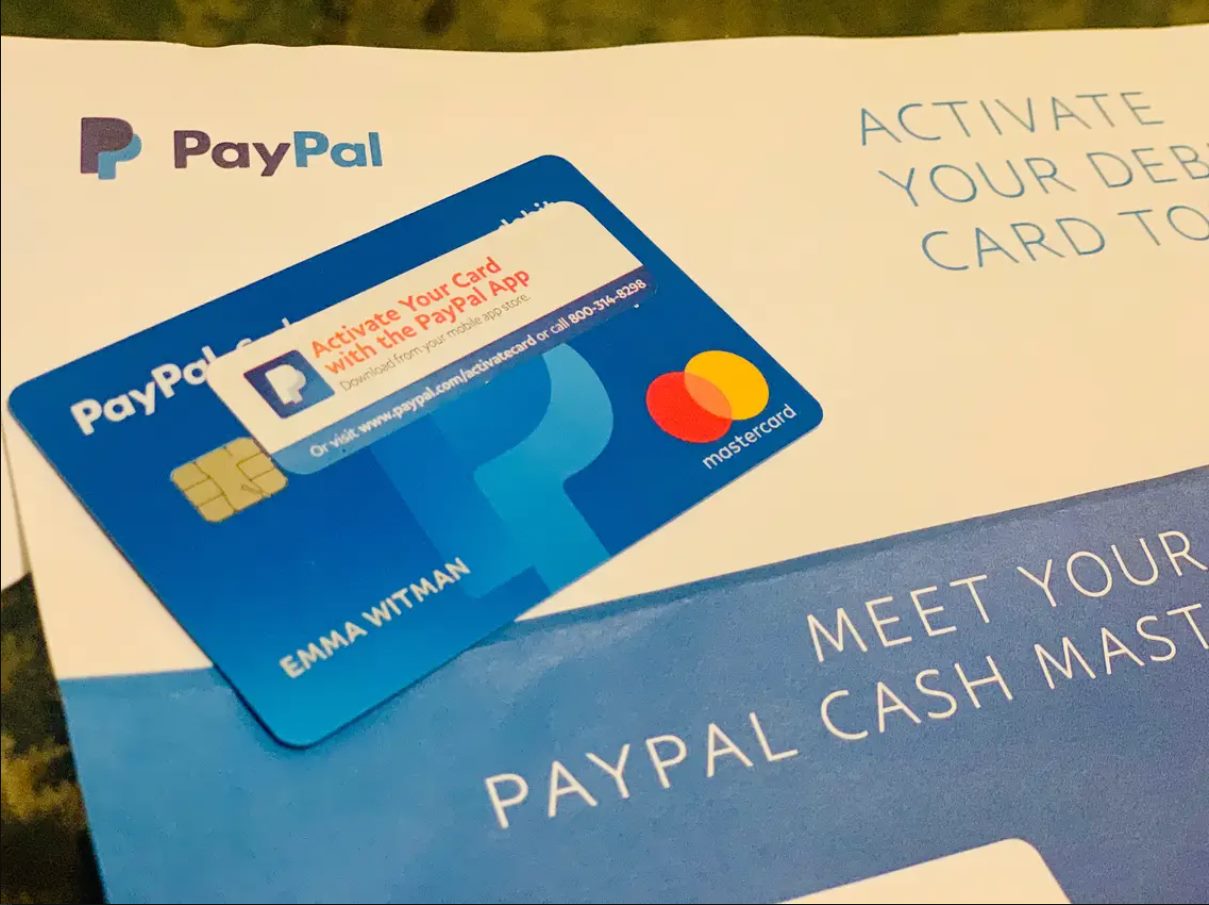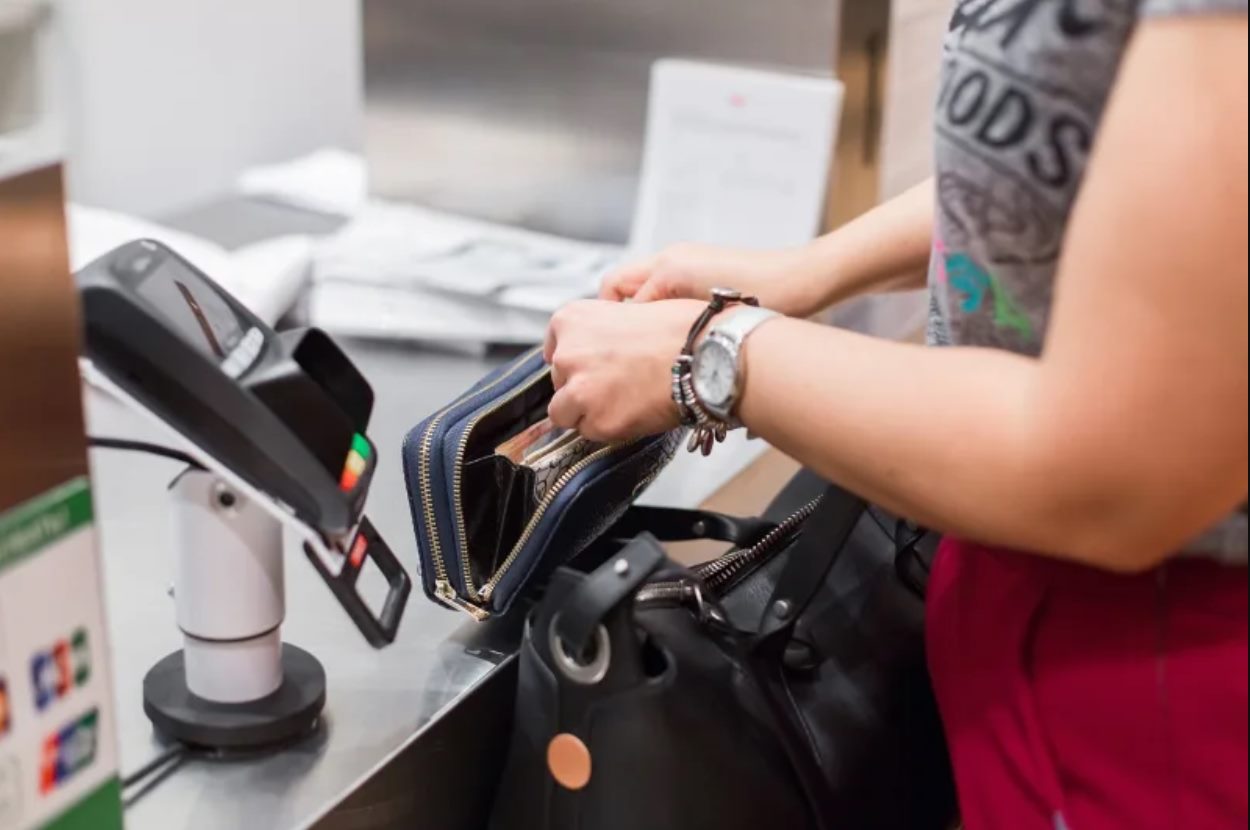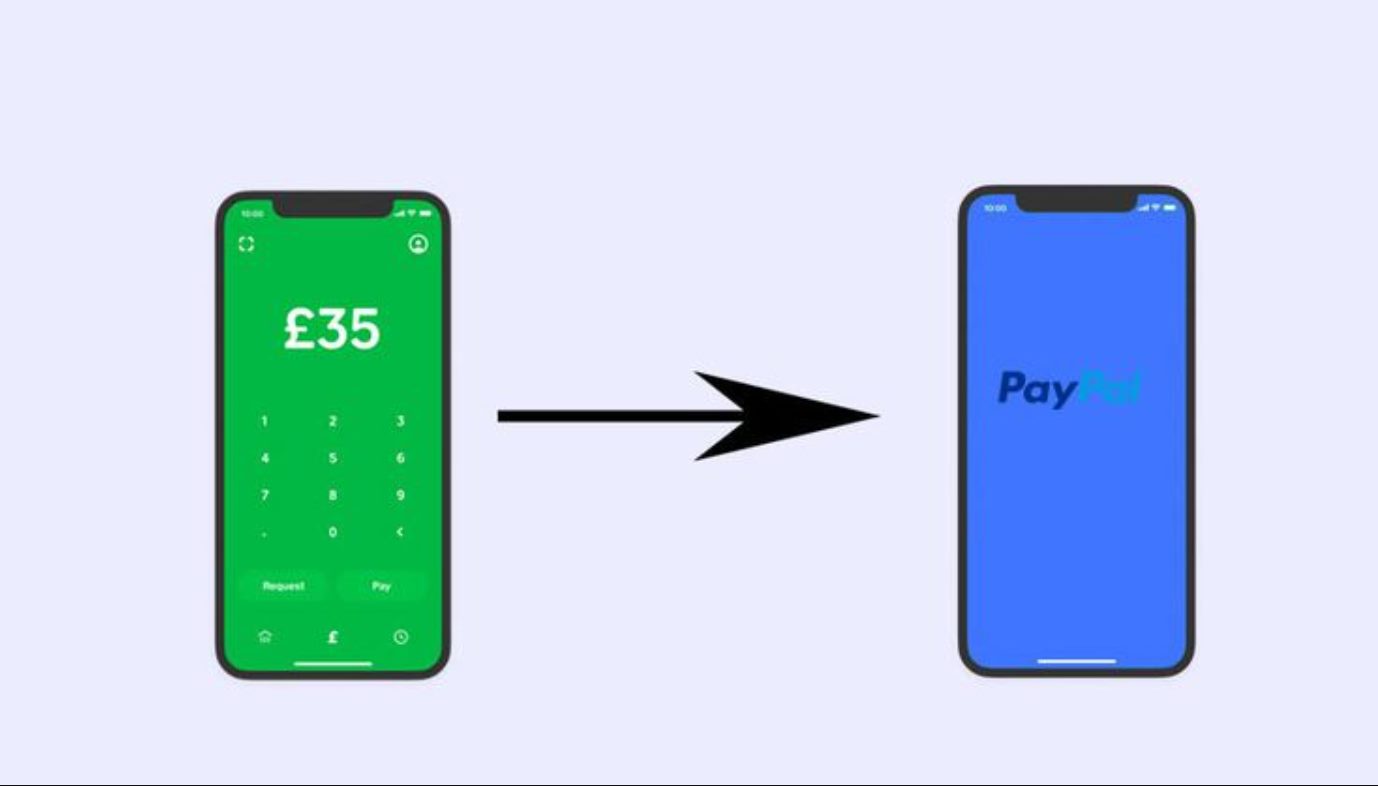Introduction:
Welcome to the world of PayPal, where convenience meets security in online transactions. PayPal is a popular digital payment platform that allows individuals and businesses to send and receive money electronically. Whether you are freelancing, running an online business, or simply need to send money to a friend, PayPal offers a seamless and user-friendly experience.
In this article, we will guide you through the process of cashing out on PayPal. We’ll cover everything from setting up your PayPal account to withdrawing funds to your bank account or card. By the end, you’ll have a clear understanding of how to access your hard-earned money and make the most of your PayPal account.
Before we dive into the specifics, it’s important to note that PayPal provides a secure platform for financial transactions. With robust anti-fraud measures in place, you can trust that your money is being handled with care.
Now, let’s get started on your PayPal cash-out journey by setting up your account and linking it to your preferred payment methods.
Setting Up Your PayPal Account:
Getting started with PayPal is quick and easy. Follow these steps to set up your account:
- Go to the PayPal website or download the PayPal mobile app from your device’s app store.
- Click on the “Sign Up” or “Create Account” button.
- Select the account type you’d like to create – Personal or Business.
- Provide your email address, password, and personal information as prompted.
- Agree to the terms and conditions of using PayPal.
- Verify your email address by clicking on the verification link sent to your email inbox.
Once your account is set up, you can start using PayPal to send and receive money worldwide. However, in order to cash out your funds, you’ll need to link your bank account and/or credit/debit card to your PayPal account.
Next, we’ll walk you through the process of linking your bank account to ensure a smooth and secure cash-out experience.
Linking Your Bank Account:
Linking your bank account to your PayPal account allows you to transfer funds between the two seamlessly. To do this, follow these steps:
- Log in to your PayPal account.
- Click on the “Wallet” tab at the top of the page.
- Select “Link a Bank Account” or “Add Bank Account.”
- Choose your bank from the provided list or enter the routing and account numbers manually.
- Review the information and confirm that it’s accurate.
- Click on “Link Bank Account” or “Add Bank Account” to complete the process.
Once your bank account is linked, you’ll be able to transfer funds to and from your PayPal account with ease. It’s important to note that PayPal may make a small deposit to your bank account, which you’ll need to verify to confirm your ownership of the account. This process typically takes a couple of business days.
Linking your bank account not only enables you to cash out funds, but it also allows you to make purchases directly from your bank account through PayPal. It provides added flexibility and convenience when using the platform to manage your financial transactions.
Now that you have your bank account linked, let’s move on to adding or verifying your credit/debit card, providing you with another option to access your PayPal funds.
Adding or Verifying Your Credit/Debit Card:
In addition to linking your bank account, you can also add or verify a credit/debit card to your PayPal account. This provides you with more flexibility when it comes to cashing out and making online purchases. Here’s how you can add or verify your card:
- Log in to your PayPal account.
- Click on the “Wallet” tab at the top of the page.
- Select “Link a Card” or “Add Card.”
- Enter your card information, including the card number, expiration date, and security code.
- Review the information and confirm that it’s accurate.
- Click on “Link Card” or “Add Card” to complete the process.
Once your card is added, PayPal may make a small temporary charge to your card to verify its validity. You’ll need to check your card statement or online banking activity for this charge. PayPal will provide you with instructions on how to verify the charge, usually by entering the exact amount charged onto the PayPal website.
By adding or verifying your credit/debit card, you’ll have an additional option for withdrawing funds from your PayPal account. You can choose to transfer the funds to your linked card, providing you with quick access to your money.
Now that you have set up your PayPal account, linked your bank account, and added or verified your card, you are ready to start receiving money on PayPal. Whether it’s payment for your freelance work or reimbursement from a friend, PayPal makes it easy to get paid securely.
Receiving Money on PayPal:
One of the great advantages of using PayPal is its ability to receive money from various sources. Whether you’re receiving payment for services rendered or transferring funds between friends and family, PayPal offers a convenient and secure way to receive money. Here’s how you can receive money on PayPal:
- Ensure that the sender has your correct PayPal email address associated with your account.
- Notify the sender to send the payment to your PayPal email address.
- Check your PayPal account for incoming payments. You will receive an email notification as well.
- Once the funds are in your PayPal account, you can choose to keep them there for future purchases or cash them out.
If you expect to receive frequent payments, you may find it helpful to enable the PayPal “Request Money” feature. This allows you to send payment requests to others, making it easier for them to pay you directly through PayPal.
It’s important to note that PayPal has transaction limits and fees for receiving certain types of payments. These limits and fees can vary depending on your account type, country, and the nature of the transaction. Familiarize yourself with PayPal’s fee structure to ensure that you understand any associated charges when receiving money.
Now that you know how to receive money on PayPal, let’s explore how you can withdraw your funds to your bank account or card.
Withdrawing Funds to Your Bank Account:
Once you’ve received money into your PayPal account, you have the option to withdraw the funds to your linked bank account. This allows you to access your money in a traditional banking format. Here’s how you can withdraw funds from PayPal to your bank account:
- Log in to your PayPal account.
- Click on the “Wallet” tab at the top of the page.
- Under the “Balance” section, click on “Withdraw funds.”
- Choose the bank account you want to transfer the funds to.
- Enter the amount you wish to withdraw.
- Review the information and click on “Continue” or “Withdraw” to initiate the transfer.
Depending on your bank’s processing times, it may take a few business days for the funds to appear in your bank account. PayPal also provides a “Withdrawal History” section where you can track the status of your withdrawal requests.
It’s important to note that PayPal may have withdrawal limits in place. These limits can vary depending on your account type, country, and transaction history. Be sure to check your account’s withdrawal limits to ensure you stay within the allowed thresholds.
By withdrawing funds to your bank account, you can use the money for everyday expenses, pay bills, or save for future endeavors. PayPal provides a secure and convenient way to transfer your funds from the digital realm to your physical bank account.
Next, let’s explore an alternative method of cashing out on PayPal — withdrawing funds to your linked credit/debit card.
Withdrawing Funds to Your Card:
In addition to withdrawing funds to your bank account, PayPal also allows you to withdraw funds directly to your linked credit or debit card. This provides you with another convenient option for accessing your money. Here’s how you can withdraw funds from PayPal to your card:
- Log in to your PayPal account.
- Click on the “Wallet” tab at the top of the page.
- Under the “Balance” section, click on “Withdraw funds.”
- Choose the card you want to transfer the funds to.
- Enter the amount you wish to withdraw.
- Review the information and click on “Continue” or “Withdraw” to initiate the transfer.
It’s important to note that the option to withdraw funds to a card is only available for cards that support withdrawals. Not all credit or debit cards may have this capability. Additionally, the availability of this feature may vary depending on your country and card issuer.
Once the funds are transferred to your card, you can use them for purchases, ATM withdrawals, or any other transaction that accepts your card. The timing of the withdrawal can vary depending on your card issuer’s policies, but it typically takes a few business days for the funds to appear in your card’s balance.
PayPal may also have withdrawal limits in place for card withdrawals. These limits can vary depending on your account type, country, and transaction history. It’s important to familiarize yourself with the applicable limits to ensure a smooth cash-out process.
Now that you know how to withdraw funds to your card, let’s explore how you can transfer funds to another PayPal user, if needed.
Transferring Funds to Another PayPal User:
If you need to send money to another PayPal user, whether it’s repayment for a debt or a monetary gift, PayPal provides a convenient solution for transferring funds. Here’s how you can transfer funds to another PayPal user:
- Log in to your PayPal account.
- Click on the “Send & Request” tab at the top of the page.
- Click on “Send Payment” or “Send Money.”
- Enter the recipient’s PayPal email address or mobile number linked to their PayPal account.
- Enter the amount you wish to send.
- Review the payment details and add a note if necessary.
- Click on “Send” to complete the transfer.
The funds will be instantly transferred to the recipient’s PayPal account. They will receive a notification of the incoming payment and will be able to access and use the funds accordingly.
It’s important to ensure that you are sending money to the correct recipient’s PayPal account. Double-check their PayPal email address or mobile number before confirming the transfer to avoid any errors or delays.
Transferring funds to another PayPal user is a convenient way to engage in peer-to-peer transactions, making it easy to settle debts, split bills, or send money to family and friends. PayPal provides a secure and reliable platform for these transactions, giving you peace of mind during the transfer process.
If you prefer a more tangible way to access your PayPal funds, you may consider the option of using a PayPal Cash Card, which we will explore in the next section.
Using PayPal Cash Card:
If you prefer to have physical access to your PayPal funds, you can consider acquiring a PayPal Cash Card. The PayPal Cash Card is a prepaid card linked to your PayPal account, allowing you to make purchases and withdraw cash at ATMs. Here’s how you can use the PayPal Cash Card:
- Apply for a PayPal Cash Card through your PayPal account or mobile app.
- Once approved, the card will be mailed to your registered address.
- Activate your PayPal Cash Card by following the instructions provided.
- Link the card to your PayPal account for seamless access to your funds.
With the PayPal Cash Card in hand, you can use it like a regular debit card for purchases wherever Mastercard is accepted. Simply swipe or insert the card at the point of sale and enter your PIN, just like any other debit card transaction.
In addition to purchases, the PayPal Cash Card allows you to withdraw cash from ATMs that accept Mastercard. Look for ATMs with the Mastercard logo and follow the instructions on the screen to withdraw cash.
It’s important to note that the PayPal Cash Card acts as a prepaid card, which means funds must be loaded onto the card from your PayPal account. You can transfer funds from your PayPal balance to the card in just a few simple steps through the PayPal website or app.
The PayPal Cash Card provides a convenient and tangible way to access your PayPal funds, allowing you to use it for everyday transactions and cash withdrawals. It’s a great option for those who prefer the flexibility of having a physical card in their wallets.
Now that you have a better understanding of how to access and utilize your PayPal funds, let’s delve into an important aspect – understanding PayPal fees.
Understanding PayPal Fees:
When using PayPal, it’s important to familiarize yourself with the fees associated with certain transactions. While many transactions on PayPal are free, there are specific instances where fees may apply. Here’s an overview of the common PayPal fees:
- Receiving Payments: In most cases, receiving money into your PayPal account is free. However, if you receive payments for goods and services as a seller, PayPal charges a small fee based on the transaction amount.
- Withdrawing Funds: Withdrawing funds to your linked bank account or card is generally free. However, keep in mind that if you are withdrawing foreign currency or performing an instant transfer, a fee may apply.
- Currency Conversion: If you receive payments in a different currency and need to convert it to your local currency, PayPal charges a currency conversion fee, typically a small percentage above the prevailing market rate.
- Sending Payments: Sending money to another PayPal user within the same country is usually free. However, if you’re making an international payment, a fee may apply based on the transaction amount and currency exchange rates.
- Additional Services: PayPal offers additional services such as PayPal Credit and PayPal Business Solutions, which may have separate fees associated with them. Be sure to review the terms and conditions of these services to understand any applicable fees.
It’s important to note that PayPal’s fee structure may vary depending on your country, account type, and transaction history. To get a comprehensive understanding of the fees that apply to your specific situation, it’s best to refer to PayPal’s fee schedule or contact their customer support for further clarification.
By understanding PayPal’s fee structure, you can accurately calculate the costs associated with using the platform for your transactions. This knowledge allows you to make informed decisions and ensures transparency in your financial dealings.
Now that you are equipped with a comprehensive understanding of PayPal fees, let’s wrap up this guide with a summary of what you have learned.
Conclusion:
Congratulations! You have reached the end of our guide on how to cash out on PayPal. Throughout this article, we have covered the essential steps, from setting up your PayPal account to withdrawing funds to your bank account, card, or even utilizing the PayPal Cash Card. By following these steps, you can easily access and manage your funds on PayPal, whether it’s receiving payments from clients, transferring money to friends, or making online purchases.
We began by explaining the process of setting up your PayPal account, ensuring a smooth start to your PayPal cash-out journey. We then explored how to link your bank account and add or verify your credit/debit card, enabling you to transfer funds easily.
Next, we delved into receiving money on PayPal, providing you with a simple guide on how to accept payments from various sources. We then walked you through the process of withdrawing funds to your bank account or card, offering flexibility and convenience in accessing your money.
We also covered transferring funds to another PayPal user, allowing you to seamlessly send money to friends, family, or clients. And for those who prefer a physical form of accessing their funds, we discussed the option of using the PayPal Cash Card.
Lastly, we shed light on understanding PayPal fees, helping you navigate the potential costs associated with certain transactions and ensuring transparency in your financial dealings.
Now that you have a comprehensive understanding of how to cash out on PayPal, you can confidently manage and utilize your funds on this trusted and widely-used platform. Remember to always review your PayPal account settings, stay up to date with PayPal policies, and regularly monitor your account for any updates or changes.
Whether you’re a freelancer, online business owner, or simply someone who wants a safe and convenient way to manage their finances, PayPal provides an excellent platform for cashing out and handling your transactions.
Enjoy the convenience and security that PayPal offers as you continue to make the most of your online financial endeavors!







